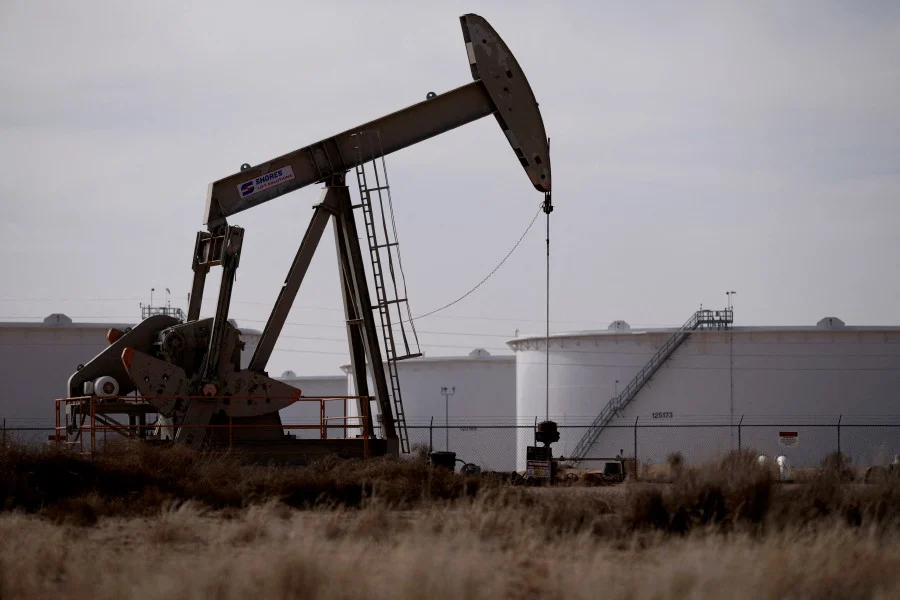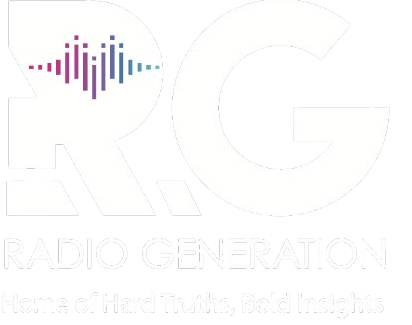The world’s top oil producers led by Saudi Arabia and Russia have announced plans to increase oil production by 547,000 barrels per day beginning September 2025 a notable shift aimed at reclaiming market dominance while keeping global prices steady.
The decision, reached after a high-level meeting of eight key OPEC+ members often dubbed the "Voluntary Eight" (V8) includes Iraq, the United Arab Emirates, Kuwait, Kazakhstan, Algeria, and Oman. Collectively, the V8 currently produces an estimated 41 to 42 million barrels daily, making the planned increase a modest 1.5 percent.
In a joint statement released on Sunday 3rd Aug 2025, the group said the adjustment aligns with current “healthy market fundamentals” and a stable global economic outlook.
Analysts interpret the move as a signal that OPEC+ is growing more confident in market resilience despite existing geopolitical tensions and fluctuating demand.
The announcement completes the group’s earlier pledge to unwind 2.2 million barrels per day in voluntary output cuts, a process that began in April. The United Arab Emirates has been granted an additional production allowance of 300,000 barrels per day as part of this phase.
Despite the upcoming increase, analysts anticipate minimal immediate impact on global oil prices. Brent crude is currently hovering around $70 a barrel a level sustained by strong summer demand and a persistent geopolitical risk premium, particularly due to ongoing tensions between Iran and Israel.
According to Jorge Leon of Rystad Energy, OPEC+ has thus far succeeded in gradually lifting restrictions without undermining prices or internal unity.
However, he noted the alliance now faces a tougher task: managing the release of the remaining 1.66 million barrels per day while avoiding a price dip or internal discord.
The group emphasized that the production adjustments could be paused or reversed, depending on how the global market evolves. Monthly meetings have been scheduled to monitor trends and adjust accordingly.
The broader 22-member OPEC+ alliance which includes both the Organization of the Petroleum Exporting Countries and non-member allies — will reconvene in late November to deliberate on further moves.
However, the V8 will meet ahead of this on September 7 for a focused review.
In recent years, OPEC+ adopted aggressive production cuts in response to plummeting prices, slashing nearly six million barrels per day across various tranches.
The latest decision reflects a change in posture a move from price protection to regaining market share without sparking a price collapse.
Market experts remain cautious about future developments. UBS analyst Giovanni Staunovo noted that markets had largely priced in the expected quota hike.
ING’s Warren Patterson, meanwhile, warned that a potential surplus in the final quarter of 2025 may require careful navigation to avoid destabilizing the market.
Tamas Varga of PVM Oil Associates summed up the current balancing act: OPEC+ is trying to claw back market share while preserving enough price stability to protect profits a delicate game that could be further complicated by unpredictable global trade dynamics and U.S. foreign policy shifts.
U.S. President Donald Trump’s recent ultimatum to Russia over the war in Ukraine, as well as his evolving tariff strategy, are just some of the geopolitical factors adding uncertainty to the oil market outlook.

